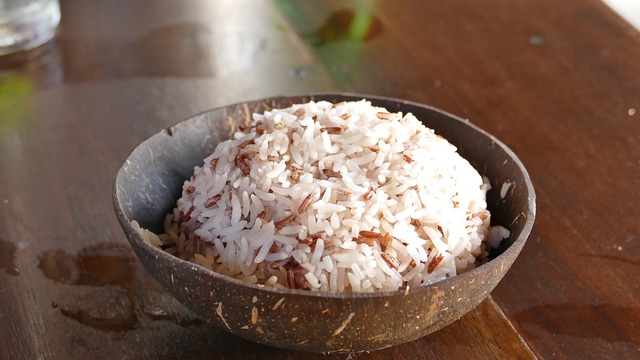Cooking rice may seem simple, but getting it right can sometimes be a challenge. The problem of undercooked rice is all too common, leaving many home cooks scratching their heads in search of a solution. After all, who wants to deal with those stubborn grains that refuse to soften?
If your rice is still hard after cooking, this can be due to insufficient cooking time, incorrect water-to-rice ratio, or poor quality or old rice. To fix undercooked rice, add more water and continue cooking it, or cover it tightly and let it cook longer using residual heat.
We’ll cover everything from adjusting cooking times and ratios to using steam or even repurposing the uncooked rice for other dishes like rice pudding. So buckle up and get ready to learn how to turn those hard grains into fluffy perfection.
Table of Contents
Reasons for Rice Being Hard After Cooking
Insufficient Cooking Time
One of the main reasons why rice can still be hard after cooking is due to insufficient cooking time. If you find that your rice grains are not fully cooked and have a firm texture, it’s likely that you didn’t cook them for long enough. Rice needs sufficient time to absorb the water and soften up.
To ensure that your rice is properly cooked, make sure to follow the recommended cooking times provided on the packaging or in recipes. Different types of rice may require different cooking times, so it’s important to adjust accordingly. For example, brown rice generally takes longer to cook than white rice.
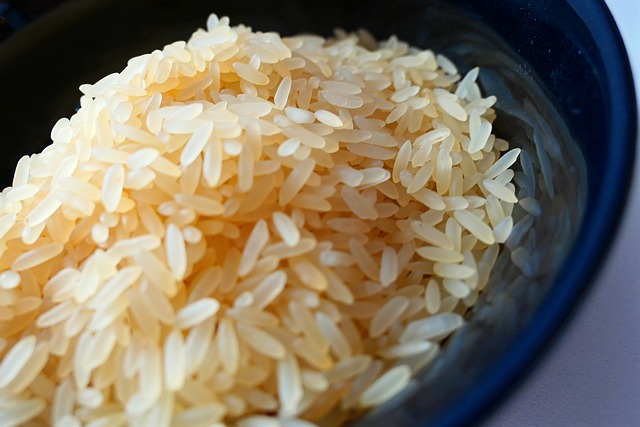
Incorrect Water-to-Rice Ratio Affects Texture
The water-to-rice ratio plays a crucial role in determining the texture of cooked rice. If you use too little water when cooking your rice, it may end up being hard and undercooked. On the other hand, if you use too much water, you might end up with mushy or sticky rice.
Using the correct water-to-rice ratio is essential to achieve perfectly cooked rice with a fluffy texture. As a general rule of thumb, most types of white rice require a 1:2 ratio (one part rice to two parts water). However, some varieties like basmati or jasmine may require slightly less water.
Poor Results with Old or Low-Quality Rice
The quality and freshness of the rice can also impact its final texture after cooking. Using old or low-quality rice can result in grains that remain hard even after prolonged cooking. It’s always best to opt for fresh and high-quality rice for optimal results.
If you’re unsure about the quality of your rice, try purchasing from reputable brands or sources known for their good quality products. Storing your rice properly in an airtight container away from moisture and heat can help maintain its freshness.
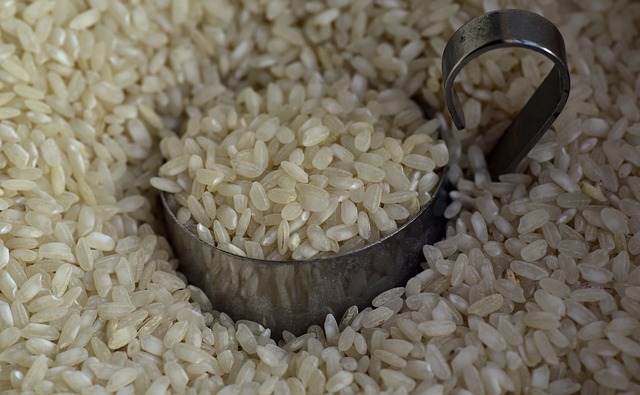
Varying Cooking Times for Different Types of Rice
Different types of rice have varying cooking times due to their unique characteristics. For instance, long-grain rice cooks faster than short-grain or sticky rice. It’s essential to be aware of these differences and adjust your cooking time accordingly.
When cooking different types of rice, it’s a good practice to refer to specific instructions or guidelines provided by the manufacturer or reliable sources. These resources can provide valuable insights into the ideal cooking times for each type of rice.
| Rice Type | Cooking Time |
|---|---|
| White Rice | 15-20 minutes |
| Brown Rice | 45-50 minutes |
| Basmati Rice | 12-15 minutes |
| Jasmine Rice | 12-15 minutes |
| Wild Rice | 45-55 minutes |
| Arborio Rice | 18-20 minutes |
| Sushi Rice | 15-20 minutes |
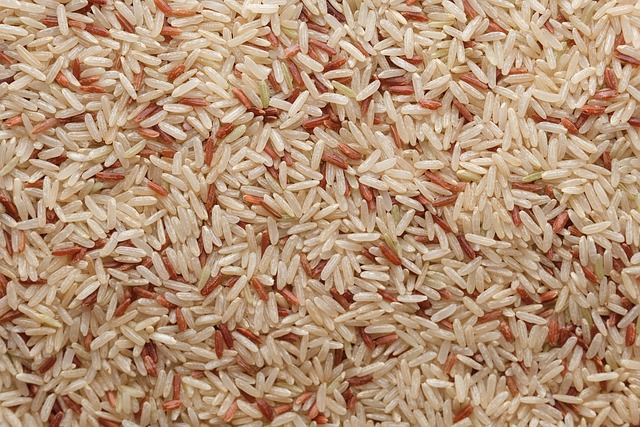
How to Fix Undercooked Rice: Step-by-Step Instructions
Add Water and Continue Cooking Slightly Underdone Rice
One way to salvage undercooked rice is by adding more water and continuing the cooking process. Here’s how:
- Assess the rice: Start by checking the consistency of the rice. This method will work best if it’s slightly underdone but not completely raw.
- Add water: Measure out some hot water (around one-fourth cup) and pour it into the pot with the undercooked rice.
- Simmer longer: Allow the rice to simmer gently for an additional 5-10 minutes, or until it reaches your desired level of tenderness.
- Check for doneness: After simmering, carefully check a few grains of rice for doneness by tasting them. If they are soft and fully cooked, your rice is ready!
- Fluff and serve: Once done, use a fork or spoon to fluff up the grains of rice before serving.
Adding more water and continuing to cook slightly underdone rice helps soften the texture while ensuring that it cooks evenly throughout. This method is particularly effective when dealing with small portions or individual servings of undercooked rice.
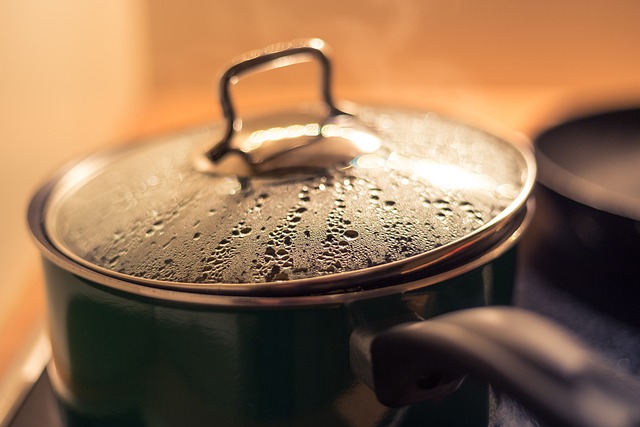
Cover and Cook Longer with Residual Heat
Another technique you can try when your cooked rice is still hard is to cover it tightly and let it cook longer using residual heat from its own steam. Follow these steps:
- Assess the situation: Determine if your cooked rice is only slightly underdone or significantly uncooked.
- Cover the pot: Place a tight-fitting lid on the pot, ensuring it creates a seal.
- Let it rest: Allow the covered rice to sit undisturbed for an additional 10-15 minutes.
- Check for doneness: After the resting period, remove the lid and check a few grains of rice for doneness. If they are soft and fully cooked, your rice is ready!
- Fluff and serve: Once done, use a fork or spoon to fluff up the grains of rice before serving.
By covering undercooked rice and allowing it to cook longer with residual heat, you give it more time to absorb moisture and soften further. This method is especially useful when dealing with larger quantities of undercooked rice or when you want to avoid adding extra water.
Remember, these methods work best when your rice is only slightly underdone. If the rice is severely undercooked or burnt, it may be challenging to salvage its texture entirely. In such cases, starting fresh with a new batch of rice might be your best option.

Tips to Avoid Crunchy Rice
Here are some tips on how to avoid ending up with crunchy rice in the first place.
Soaking Raw Rice Before Cooking to Prevent Crunchiness
One effective method for ensuring perfectly cooked rice is by soaking the raw grains before cooking them. This process helps soften the outer layer of the rice, allowing it to absorb water more easily during cooking. To do this, simply rinse your desired amount of rice under cold water until the water runs clear. Then, place the rinsed rice in a bowl and cover it with enough water to submerge it completely. Let it soak for at least 30 minutes before draining and cooking as usual.
Proper Water-to-Rice Ratio to Prevent Crunchy Rice
Another crucial factor in achieving well-cooked rice is getting the right water-to-rice ratio. Too much or too little water can result in either soggy or crunchy rice.
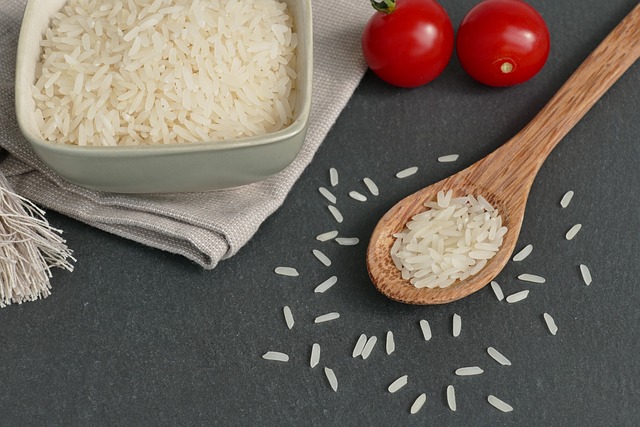
As a general rule of thumb, use a 1:2 ratio for white rice (one part rice to two parts water) and adjust accordingly based on your preferences and the type of rice being used. Remember that different types of rice may require slightly different ratios, so always refer to the package instructions or consult reliable sources for specific guidelines.
| Rice Type | Rice to Water Ratio |
|---|---|
| White Rice | 1:2 |
| Brown Rice | 1:1.75 |
| Basmati Rice | 1:1.5 |
| Jasmine Rice | 1:1.75 |
| Wild Rice | 1:2 |
| Arborio Rice | 1:2 |
| Sushi Rice | 1:1.3 |
| Long-Grain Rice | 1:2 |
| Short-Grain Rice | 1:1.3 |
| Medium-Grain Rice | 1:1.5 |
Adjust Stove Temperature to Ensure Rice is Adequately Cooked
The stove temperature plays a significant role in the cooking process, and adjusting it can help you achieve perfectly cooked rice. Once you bring the water and rice to a boil, reduce the heat to low and cover the pot with a tight-fitting lid. This allows the rice to simmer gently and absorb the water without burning or becoming overly mushy. Avoid lifting the lid during cooking, as this can disrupt the steam buildup and result in unevenly cooked rice.
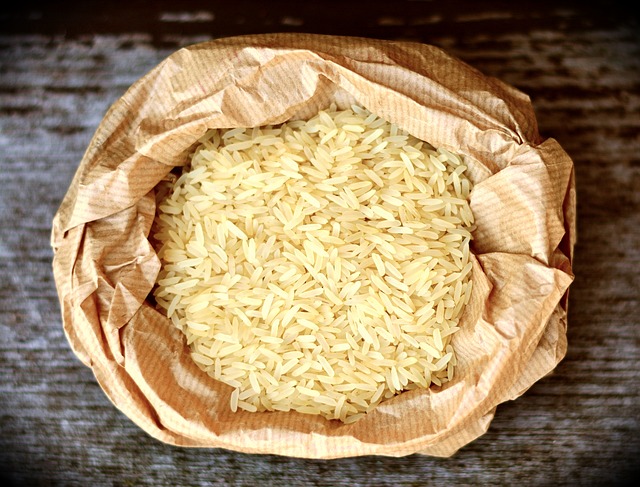
Fixing Undercooked Rice: Microwave and Stovetop
If you’re faced with the frustrating situation of having rice that’s still hard after cooking, don’t worry! There are several methods you can try to salvage your undercooked rice and turn it into a perfectly cooked dish. Let’s explore some effective techniques to fix undercooked rice using the microwave or stovetop.
Add Hot Water and Microwave in Intervals
You can try to fix your undercooked rice using just your microwave and some hot water. Follow these steps:
- Transfer the undercooked rice into a microwave-safe bowl.
- Add some hot water (about ¼ cup per cup of uncooked rice) to cover the grains.
- Cover the bowl with a microwave-safe plate or paper towel.
- Microwave on high power for 2-3 minutes intervals until the desired texture is achieved.
- After each interval, stir the rice and check for doneness.
- Repeat the microwaving process until the rice is fully cooked and tender.
Adding hot water and microwaving in intervals allows the rice to absorb moisture gradually, ensuring that it cooks evenly without becoming mushy or overcooked.
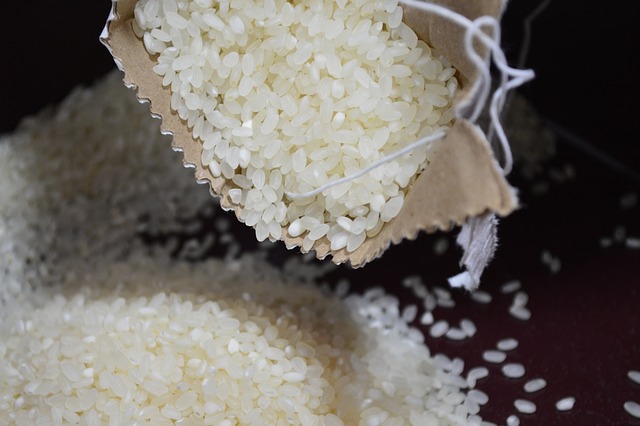
Add Water and Simmer on Low Heat on Stovetop
If you prefer using traditional stovetop methods, you can fix undercooked rice by adding more water and simmering it on low heat. Here’s how:
- Transfer the undercooked rice back into a pot or casserole dish.
- Add an appropriate amount of water (about ¼ cup per cup of uncooked rice) to the pot.
- Place the pot over low heat and cover it with a tight-fitting lid.
- Allow the rice to simmer gently for about 10-15 minutes.
- Check the texture of the rice periodically by tasting a grain or two.
- If necessary, add more water in small increments and continue simmering until desired tenderness is achieved.
Simmering your undercooked rice on low heat helps to slowly cook the grains while allowing them to absorb moisture evenly, resulting in perfectly cooked rice.
Remember, fixing undercooked rice may require some trial and error as different types of rice have varying cooking times. By following these methods using a rice cooker, microwave, or stovetop, you’ll be able to salvage your undercooked rice and transform it into a delicious dish that will impress everyone at your table!

Rescuing Watery Rice: Techniques to Fix Overly Moist Rice
What about the opposite problem? What if your rice turns out overly moist and watery? Don’t worry, we’ve got you covered! There are a few techniques you can try.
One option is to transfer the rice into a wide pan and cook it uncovered over low heat for a few minutes. This allows some of the excess moisture to evaporate, resulting in fluffier grains.
Another method is to spread the rice out on a baking sheet and place it in a preheated oven at 350°F (175°C) for around 5-10 minutes. The gentle heat will help dry out the excess moisture without further cooking the grains.
Now that you’re armed with these helpful techniques, go ahead and rescue that watery rice like a pro! Remember, practice makes perfect, so don’t be discouraged if your first attempt doesn’t turn out exactly as planned. Keep experimenting and adjusting until you achieve that perfectly cooked batch of rice every time.
Frequently Asked Questions (FAQs)
Can I reheat leftover rice using these techniques?
Absolutely! If you have leftover rice that has become clumpy or dry, you can use the same techniques to revive it. Simply follow the instructions for rescuing watery rice and adjust the cooking time accordingly.
How long does cooked rice last?
Cooked rice can be stored in an airtight container in the refrigerator for up to 4-6 days. Just make sure to reheat it thoroughly before consuming it.
Remember, practice makes perfect. Don’t be afraid to experiment with different techniques and adjustments until you find what works best for you. Happy cooking!

